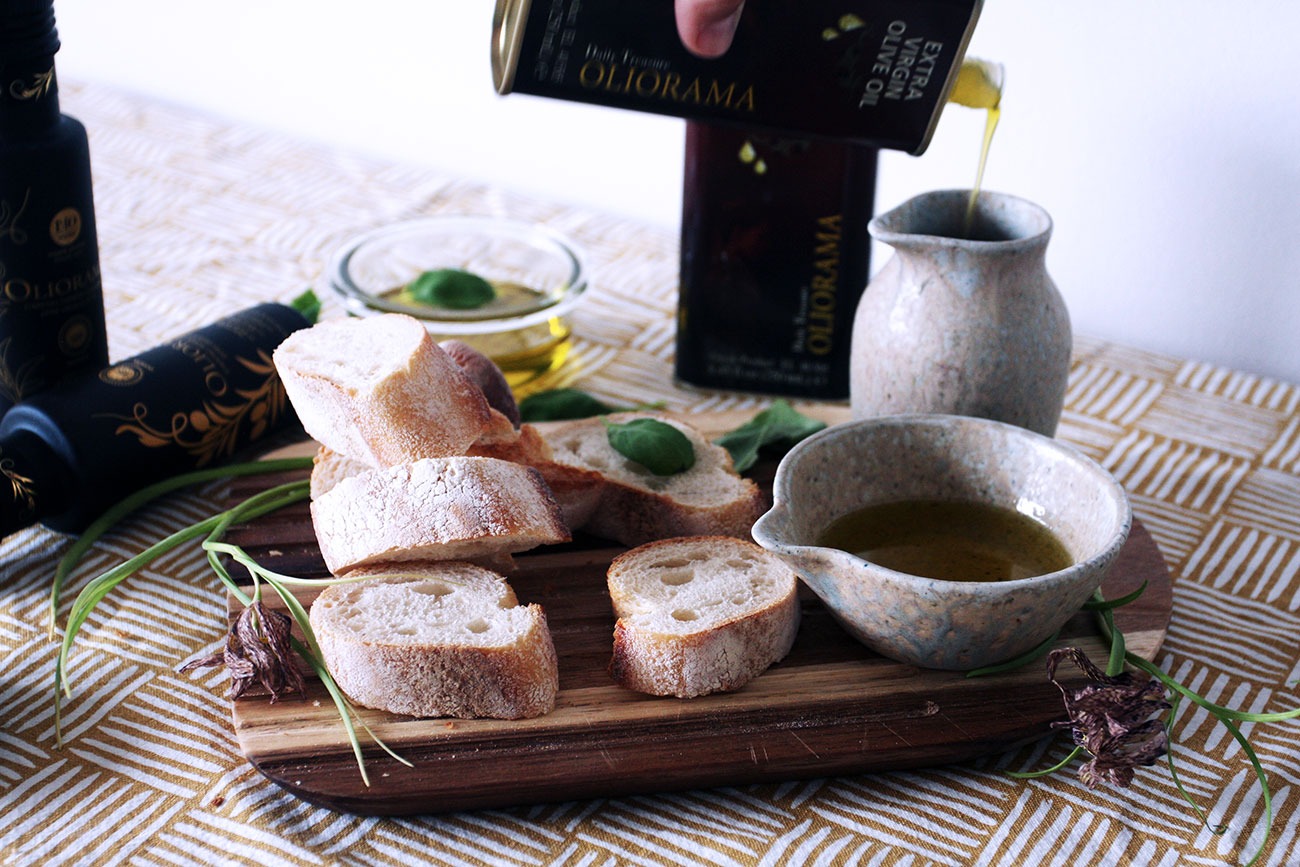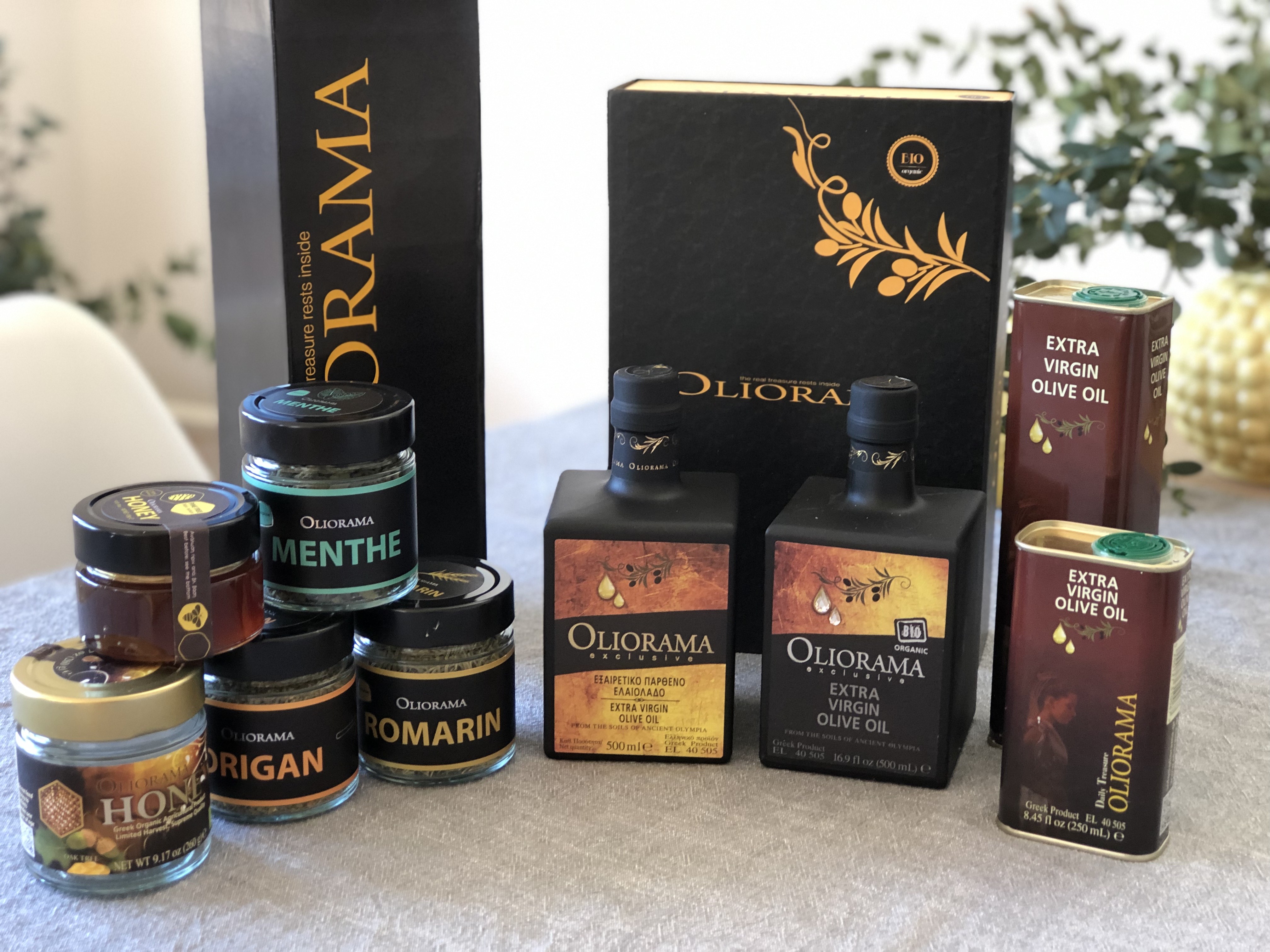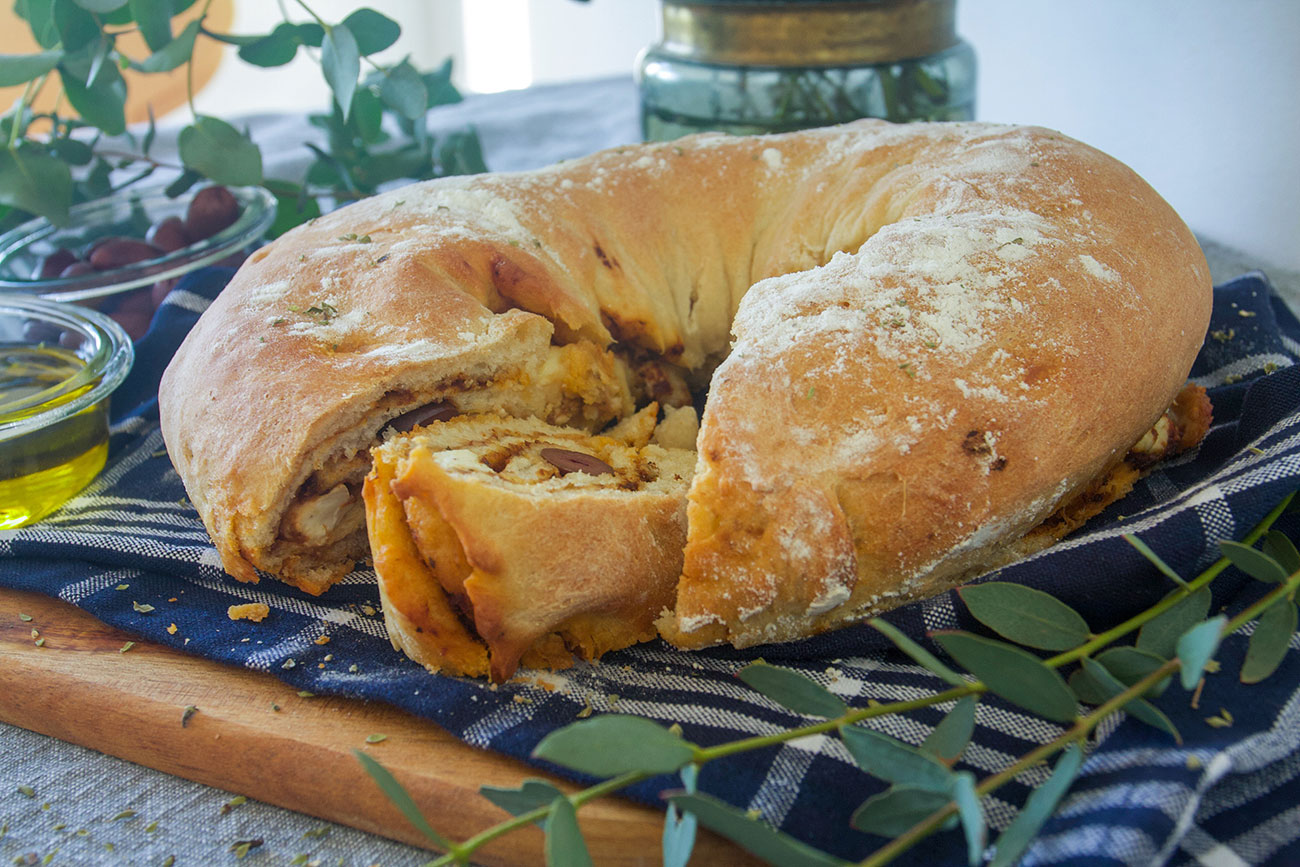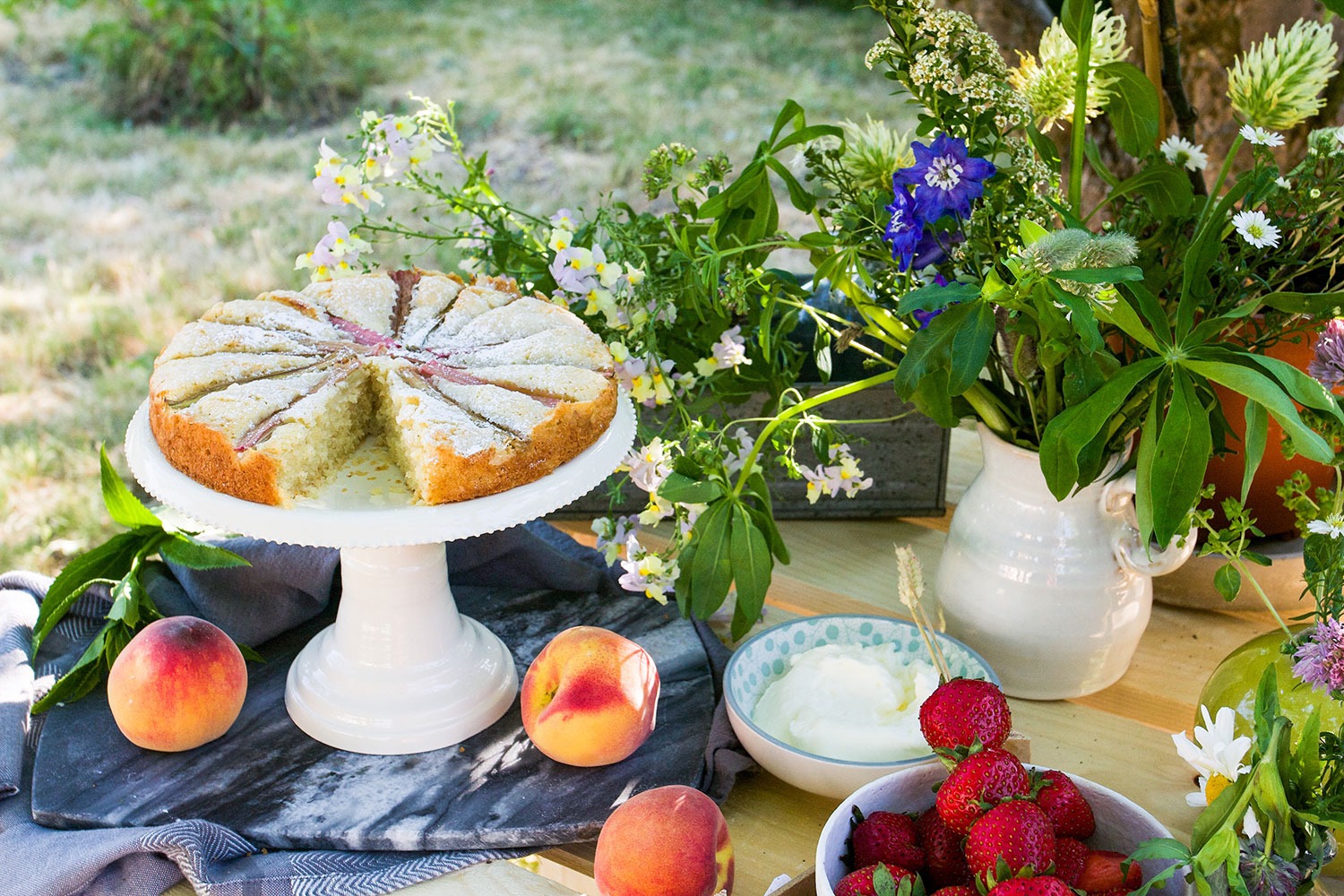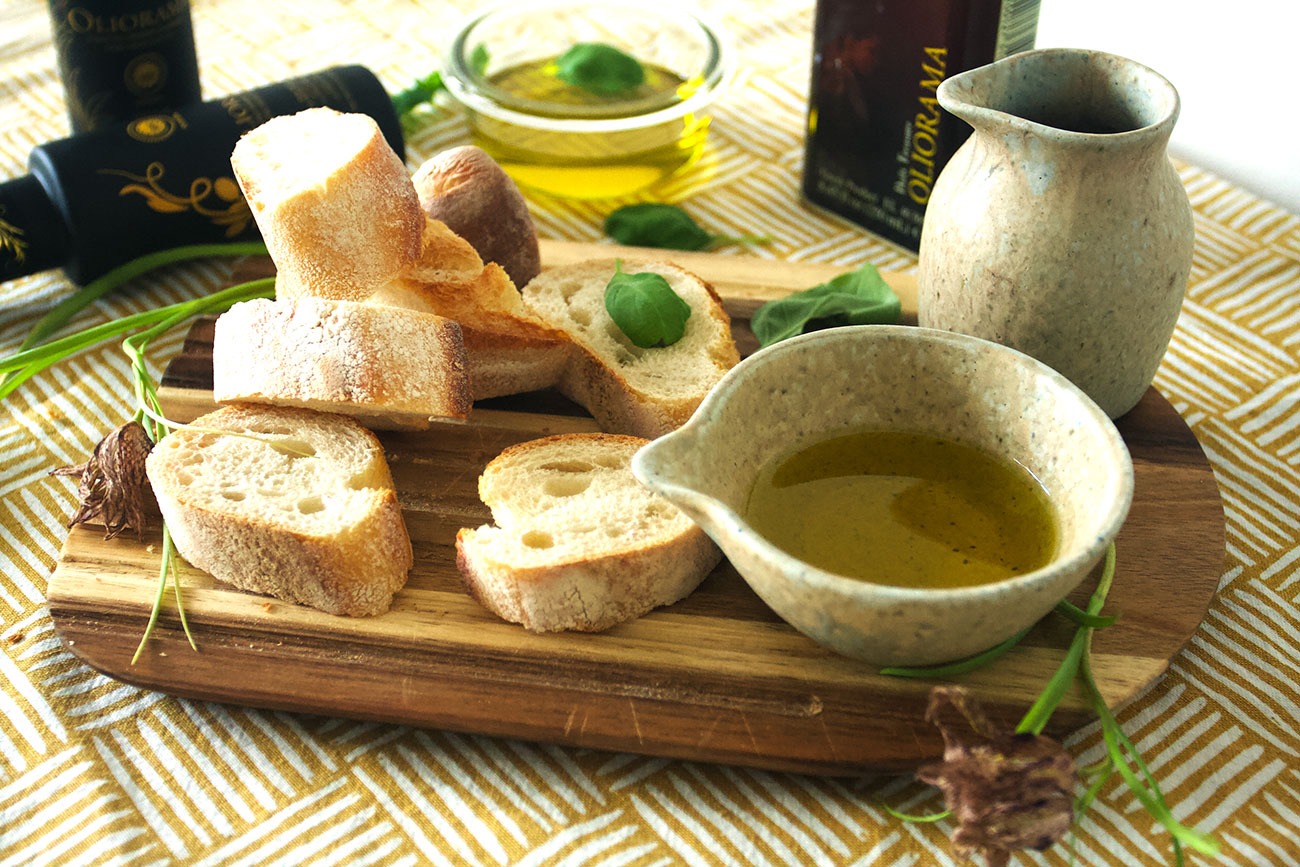
How to taste olive oil
In this post, I’m going to guide you on how to taste olive oil. You may think olive oil is just olive oil, right? Actually, you couldn’t be more wrong. Olive oil tasting is much like wine tasting, they differ in both taste and pungency.
Partnership with a pungency
This season I have partnered with the Greek olive oil company, Oliorama. To be able to bring you the best tasting virgin olive oils. You can tell the quality by sniffing the olive oil, taste and smell it.
Different olive oil flavours?
There are a few different characteristics to describe extra virgin olive oil. In general, they can fit into three categories: mild, medium and robust.
Mild oils may be nutty, buttery, floral or fruity, with notes of ripe or tropical fruits. Medium oils may also have a fruity profile, but their aromas and
How to taste Olive oil
Now, that you know what to look for when you are tasting your olive oil let’s get down to the art of the actual tasting. If possible do the olive oil tasting in an odour-free environment. And have a clean palet as possible. Try a slice of a granny smith apple in between tastings. Or anything tart.
The four S’s
While professional testers use coloured glasses as not to be influenced by the colour of the olive oil. Tasting as a beginner you don’t need to make it that complicated. A normal wine glass will suffice just fine. Then follow the steps of the four s’s. Then you’ll be on your way to be a professional yourself.
SWIRL
Pour a tablespoon of olive oil into a wine glass. Cover the glass and allow it to gently warm in your hand. Swirl to release the oil’s aroma. Keep your hand on the glass until you are ready for your second set of s.
SNIFF
Take your hand off the glass and sniff the olive oil. Inhale and notice the intensity and what kind of aroma you sense. Is it fruity or perhaps grassy?
SLURP
Now take a small sip of the oil and feel the oil emulsify. You should taste a bitterness spread throughout your mouth.
SWALLOW
Now the last of the S’s, you swallow the olive oil. Virgin olive oils are pungent and this is a sensation you feel when you swallow it. The pungency should be felt in your throat. Most usually this comes out as a stinging sensation.
What you’ll need
You need a pen and a piece of paper. Don’t overcomplicate it. You can rate the fruitiness, bitterness and pungency. On a scale from 1-10. 1 indicating little flavour and 10 indicating a strong flavour.
The fruitiness is the aroma, the bitterness is felt on the tongue and the pungency in the back of your throat. You are looking for a balance between these three flavours sensations. You don’t an oil where one flavour takes over.
A little history of Greek olive oil
When you choose the good quality olive oil then it doesn’t matter which olive oil you choose. It comes down to personal taste. However, the different flavours you feel are very much because of the three different olive tree species. Which in turn, are subject to local climate and soil conditions. Which is also what influences the oil’s colour and flavour. (The colour has nothing to do with quality.)
Organic olive oil
In Greece more and more oil producers are turning their olive groves from regular to organic. Olive oil farming, no chemical fertilizers or pesticides are used at all stages of production, harvesting is made by hand or mechanized harvest machines, while olive oil is produced by cold extraction at low temperatures to ensure the best, most natural and safest result.
